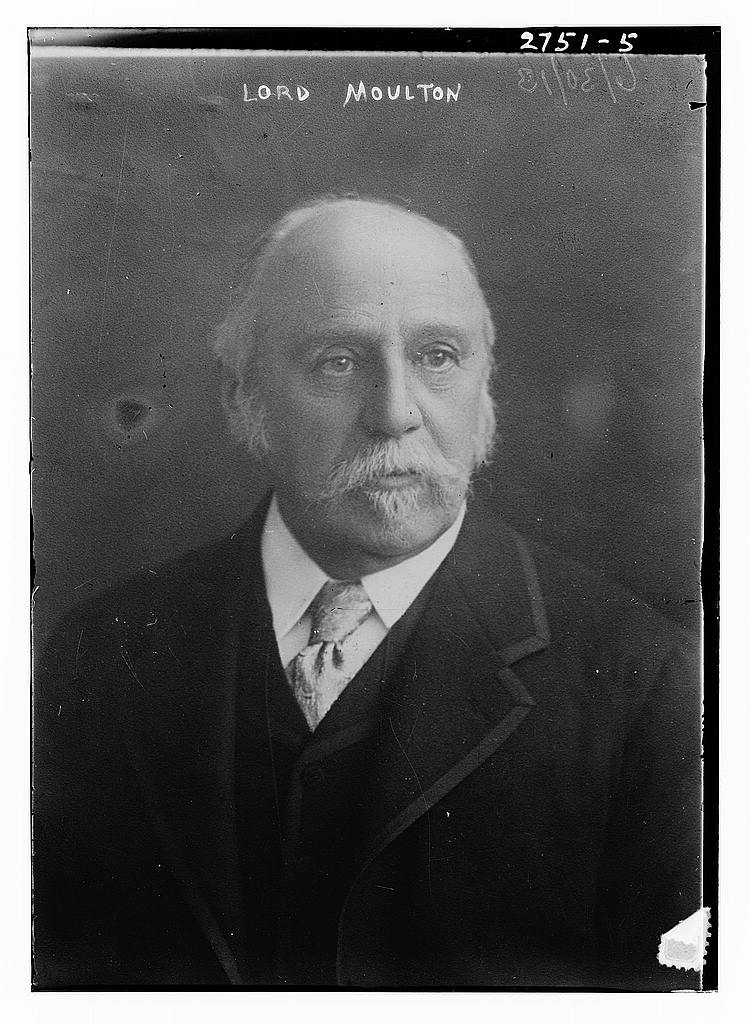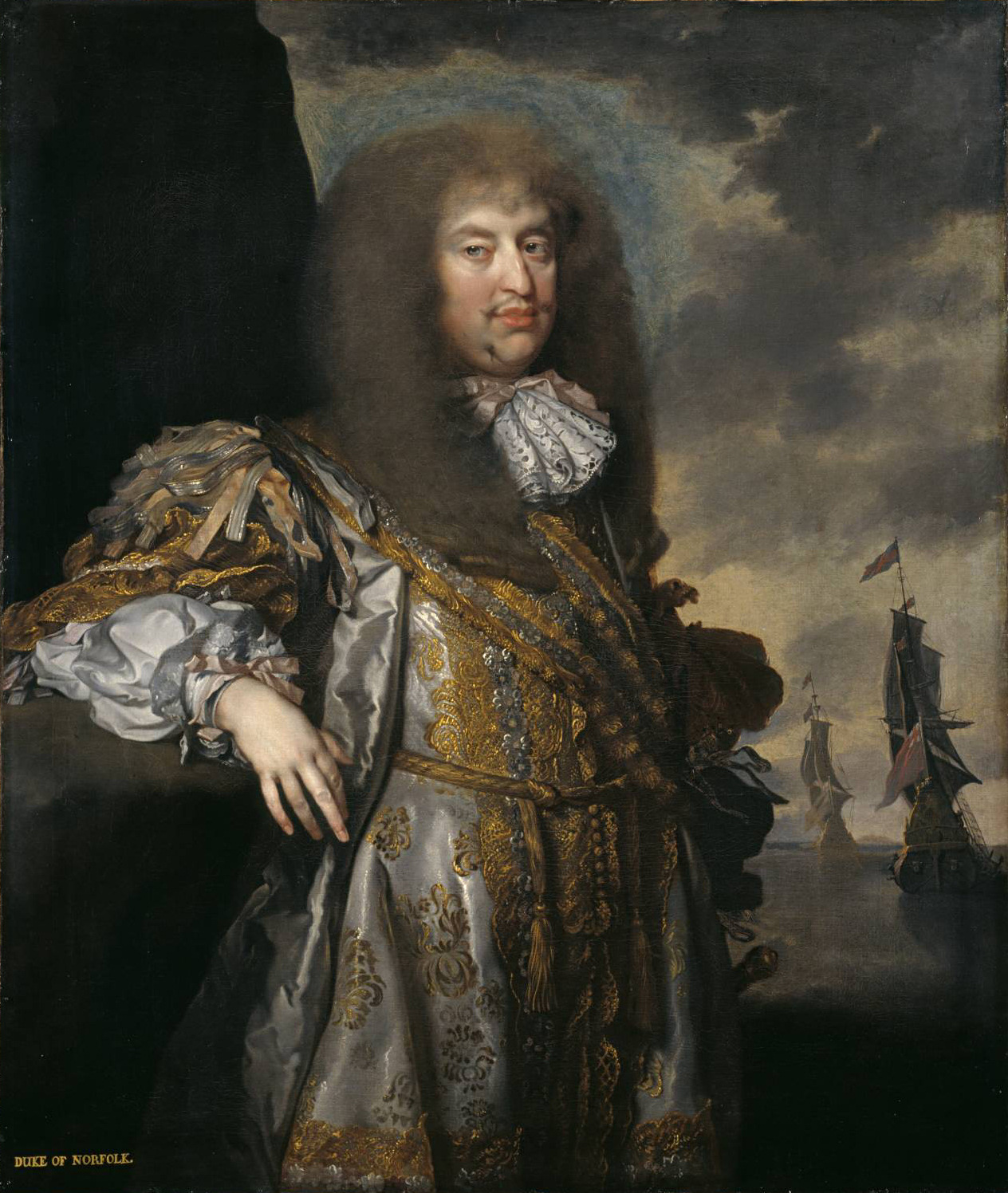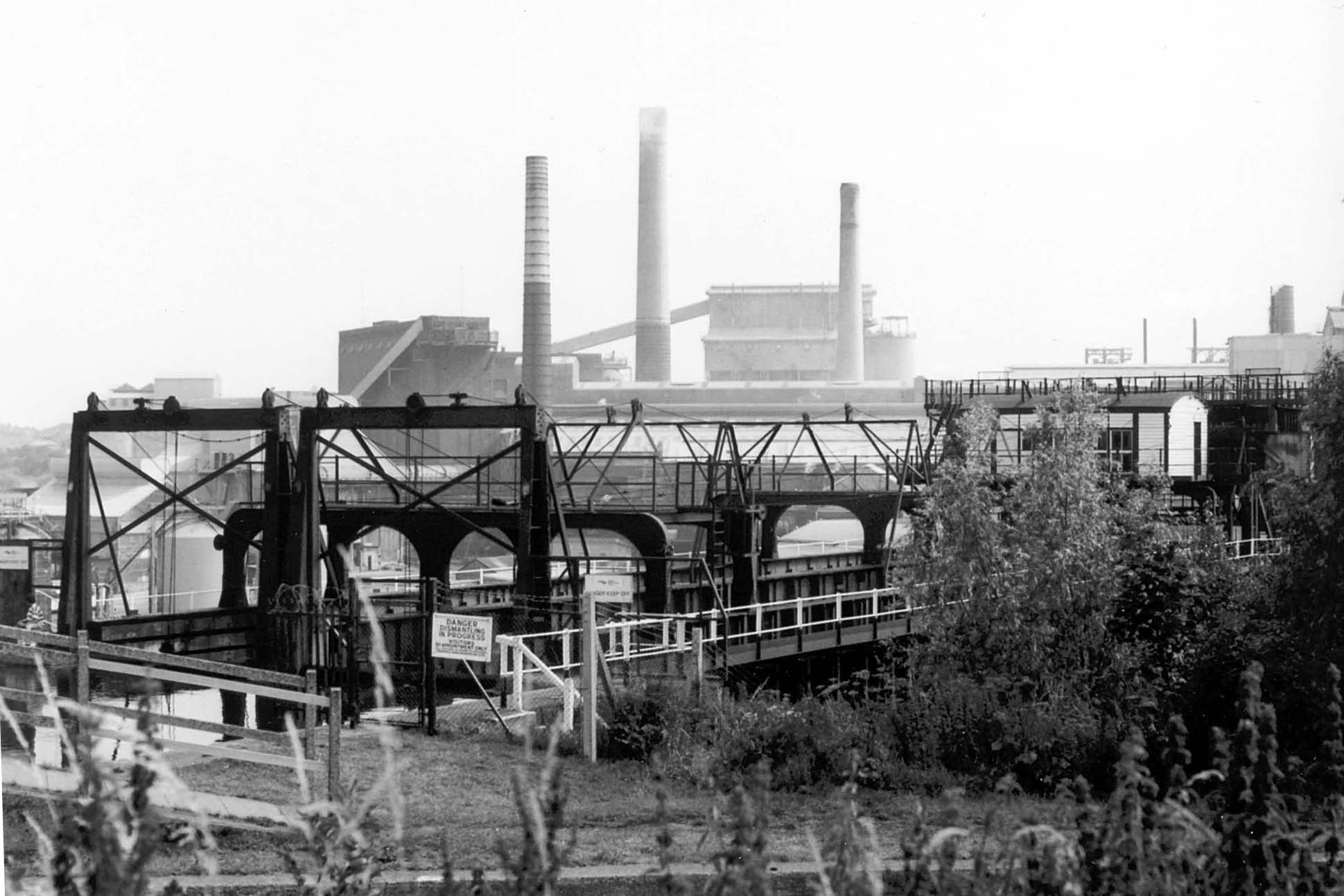|
Francis Arthur Freeth
Francis Arthur Freeth (2 January 1884 – 15 July 1970) was a British industrial chemist. He spent much of his career at Brunner Mond and its successor Imperial Chemical Industries, as chief chemist, research manager and in a recruiting capacity, with particular knowledge of phase rule chemistry, and developed many processes related to the manufacture of explosives. He made a critical contribution to the British World War I effort by devising new ways to manufacture ammonium nitrate, which was recognised with an honour, and a smaller contribution in World War II for the Special Operations Executive. Freeth created links between Brunner Mond and Dutch chemistry, particularly at the University of Leiden where he met Kammerlingh Onnes and was awarded a doctorate. Early life Freeth was born on 2 January 1884 in Birkenhead. His father was a master mariner and was an officer in the Royal Naval Reserve; his great-grandfather, James Freeth, was Quartermaster General between 1851 an ... [...More Info...] [...Related Items...] OR: [Wikipedia] [Google] [Baidu] |
Industrial Chemist
The chemical industry comprises the companies that produce industrial chemicals. Central to the modern world economy, it converts raw materials (oil, natural gas, air, water, metals, and minerals) into more than 70,000 different products. The plastics industry contains some overlap, as some chemical companies produce plastics as well as chemicals. Various professionals are involved in the chemical industry including chemical engineers, chemists and lab technicians. History Although chemicals were made and used throughout history, the birth of the heavy chemical industry (production of chemicals in large quantities for a variety of uses) coincided with the beginnings of the Industrial Revolution. Industrial Revolution One of the first chemicals to be produced in large amounts through industrial processes was sulfuric acid. In 1736 pharmacist Joshua Ward developed a process for its production that involved heating saltpeter, allowing the sulfur to oxidize and combine with water. I ... [...More Info...] [...Related Items...] OR: [Wikipedia] [Google] [Baidu] |
Matriculation
Matriculation is the formal process of entering a university, or of becoming eligible to enter by fulfilling certain academic requirements such as a matriculation examination. Australia In Australia, the term "matriculation" is seldom used now. In the late 1960s and early 1970s, all states replaced the matriculation examination with either a certificate, such as the Higher School Certificate (HSC) in Victoria and NSW, or a university entrance exam such as the Tertiary Entrance Exam in Western Australia. These have all been renamed (except in NSW) as a state-based certificate, such as the Victorian Certificate of Education (VCE) or the Western Australian Certificate of Education (WACE). Bangladesh In Bangladesh, the "Matriculation" is the Secondary School Examination (SSC) taken at year 10, and the Intermediate Exams is the Higher Secondary Examination (HSC) taken at year 12. Bangladesh, like the rest of Indian sub-continent, still uses terms such as Matriculation Exams and ... [...More Info...] [...Related Items...] OR: [Wikipedia] [Google] [Baidu] |
Amatol
Amatol is a highly explosive material made from a mixture of TNT and ammonium nitrate. The British name originates from the words ammonium and toluene (the precursor of TNT). Similar mixtures (one part dinitronaphthalene and seven parts ammonium nitrate) were known as Schneiderite in France. Amatol was used extensively during World War I and World War II, typically as an explosive in military weapons such as aircraft bombs, shells, depth charges, and naval mines.Brown, G. I. (1998). ''The Big Bang: A History of Explosives''. Sutton Publishing . pp. 158-163. It was eventually replaced with alternative explosives such as Composition B, Torpex, and Tritonal. Invention Following the Shell Crisis of 1915 in which the UK did not have enough ordnance due to a lack of explosives, a team at the Royal Arsenal laboratories produced a mixture of ammonium nitrate and TNT, known as Amatol for short. Special factories were constructed for the manufacture of ammonium nitrate by the double dec ... [...More Info...] [...Related Items...] OR: [Wikipedia] [Google] [Baidu] |
Lord Moulton
John Fletcher Moulton, Baron Moulton, (18 November 1844 – 9 March 1921) was an English mathematician, barrister, judge and Liberal politician. He was a Cambridge Apostle. Early life Moulton was born in Madeley, Shropshire, England, as one of six children of a scholarly minister of the Wesleyan Methodist Church, James Egan Moulton. He was sent to Kingswood School at the age of 11 where he excelled at academic subjects. He achieved the top marks in the Oxford and Cambridge Local Examinations and achieved a scholarship to St John's College, Cambridge, graduating Senior Wrangler in 1868 and winning the Smith's Prize. He was at one point judged to be one of the twelve most intelligent men in the United Kingdom. Career After a brilliant mathematical career at Cambridge and election to a Fellowship, Moulton became a London barrister, specialising in patent law. He also experimented on electricity and was elected a Fellow of the Royal Society. A great advocate for medical ... [...More Info...] [...Related Items...] OR: [Wikipedia] [Google] [Baidu] |
Cheshire Regiment
The Cheshire Regiment was a line infantry regiment of the British Army, part of the Prince of Wales' Division. The 22nd Regiment of Foot was raised by the Duke of Norfolk in 1689 and was able to boast an independent existence of over 300 years. The regiment was expanded in 1881 as part of the Childers Reforms by the linking of the 22nd (Cheshire) Regiment of Foot and the militia and rifle volunteers of Cheshire. The title 22nd (Cheshire) Regiment continued to be used within the regiment. On 1 September 2007, the Cheshire Regiment was merged with the Worcestershire and Sherwood Foresters Regiment (29th/45th Foot) and the Staffordshire Regiment (Prince of Wales's) to form a new large regiment, the Mercian Regiment, becoming the 1st Battalion, Mercian Regiment. History Early wars Following the 1688 Glorious Revolution and the exile of James II, Henry Howard, Duke of Norfolk, raised a regiment at Chester on behalf of the new regime. The experience of the 1638-1652 Wars of t ... [...More Info...] [...Related Items...] OR: [Wikipedia] [Google] [Baidu] |
Territorial Army (United Kingdom)
The Army Reserve is the active-duty volunteer reserve force of the British Army. It is separate from the Regular Reserve whose members are ex-Regular personnel who retain a statutory liability for service. The Army Reserve was known as the Territorial Force from 1908 to 1921, the Territorial Army (TA) from 1921 to 1967, the Territorial and Army Volunteer Reserve (TAVR) from 1967 to 1979, and again the Territorial Army (TA) from 1979 to 2014. The Army Reserve was created as the Territorial Force in 1908 by the Secretary of State for War, Richard Haldane, when the Territorial and Reserve Forces Act 1907 combined the previously civilian-administered Volunteer Force, with the mounted Yeomanry (at the same time the Militia was renamed the Special Reserve). Haldane planned a volunteer "Territorial Force", to provide a second line for the six divisions of the Expeditionary Force which he was establishing as the centerpiece of the Regular Army. The Territorial Force was to be comp ... [...More Info...] [...Related Items...] OR: [Wikipedia] [Google] [Baidu] |
Dutch Chemical Society
The Royal Netherlands Chemical Society (In Dutch: ''Koninklijke Nederlandse Chemische Vereniging'', abbreviated: KNCV) is a learned society and professional association founded in 1903 to represent the interests of chemists and chemical engineers in the Netherlands. Currently the organisation has approximately 7,400 members. The organisation supports the professional development of its members who are involved in the fields of chemistry, life sciences and process technology. The organisation is actively involved in protecting the interests of its members. Furthermore, its supports the development and spread of knowledge and inspiration in the field of chemistry. It publishes journals, books and databases, as well as hosting conferences, seminars and workshops. History In the years of 1896 and 1897, two Dutch chemists Willem Paulinus Jorissen and Johannes Rutten made plans to found an Association of Dutch Chemists. Rutten (1873-1946) had obtained the degree of technologist at the ... [...More Info...] [...Related Items...] OR: [Wikipedia] [Google] [Baidu] |
Dutch Language
Dutch ( ) is a West Germanic language spoken by about 25 million people as a first language and 5 million as a second language. It is the third most widely spoken Germanic language, after its close relatives German and English. ''Afrikaans'' is a separate but somewhat mutually intelligible daughter languageAfrikaans is a daughter language of Dutch; see , , , , , . Afrikaans was historically called Cape Dutch; see , , , , , . Afrikaans is rooted in 17th-century dialects of Dutch; see , , , . Afrikaans is variously described as a creole, a partially creolised language, or a deviant variety of Dutch; see . spoken, to some degree, by at least 16 million people, mainly in South Africa and Namibia, evolving from the Cape Dutch dialects of Southern Africa. The dialects used in Belgium (including Flemish) and in Suriname, meanwhile, are all guided by the Dutch Language Union. In Europe, most of the population of the Netherlands (where it is the only official language spoken country ... [...More Info...] [...Related Items...] OR: [Wikipedia] [Google] [Baidu] |
Franciscus Hubertus Schreinemakers
Franciscus is a Latin given name, originally an epithet meaning "the Frank, the Frenchman". It was applied to Saint Francis of Assisi (1181/82–1226). Francis had been baptized Giovanni (John); his father was Italian and his mother Provençale ( at the time not considered French); his father was on business in France when he was born, and when he returned to Assisi, he began to call his son by the nickname ''Francesco'', in the opinion of G. K. Chesterton possibly because out of a general enthusiasm for all things French, or because of his commercial success in France.Chesterton, Gilbert Keith (1924). "St. Francis of Assisi" (14 ed.). Garden City, New York: Image Books. p. 158. After the canonization of Saint Francis of Assisi in 1228, the custom of naming children after saints led to the popularization of ''Franciscus'' as a given name. In the vernaculars of western Europe, the name diversified into the forms Francesco (Italian), Francisco (Spanish and Portuguese), France ... [...More Info...] [...Related Items...] OR: [Wikipedia] [Google] [Baidu] |
Winnington Laboratory
The Winnington Laboratory was a former chemical laboratory at Winnington, near Northwich, in Cheshire, England. History The Winnington Works were built in 1874. The laboratory was set up by the ICI Alkali Division of Imperial Chemical Industries. The chemist Francis Arthur Freeth arrived in 1907, and became head of the laboratory. ICI was formed in 1926. Discovery of polythene On 24 March 1933 two scientists conducted an experiment that produced polythene (polyethylene). Benzaldehyde was reacted with ethene ( ethylene) at 2,000 atmospheres pressure. Sir Michael Perrin worked with this group of scientists from October 1933 until 1938. In December 1935 he conducted an experiment that allowed polythene to be created. Polythene is the world's most widespread plastic. In 1958, manufacture of polythene was moved to ICI's plant in Hertfordshire (ICI Plastics). Structure The laboratory was off the A533 next to the River Weaver and south of Barnton, Cheshire. The nearby chem ... [...More Info...] [...Related Items...] OR: [Wikipedia] [Google] [Baidu] |
Physical Chemistry
Physical chemistry is the study of macroscopic and microscopic phenomena in chemical systems in terms of the principles, practices, and concepts of physics such as motion, energy, force, time, thermodynamics, quantum chemistry, statistical mechanics, analytical dynamics and chemical equilibria. Physical chemistry, in contrast to chemical physics, is predominantly (but not always) a supra-molecular science, as the majority of the principles on which it was founded relate to the bulk rather than the molecular or atomic structure alone (for example, chemical equilibrium and colloids). Some of the relationships that physical chemistry strives to resolve include the effects of: # Intermolecular forces that act upon the physical properties of materials ( plasticity, tensile strength, surface tension in liquids). # Reaction kinetics on the rate of a reaction. # The identity of ions and the electrical conductivity of materials. # Surface science and electrochemistry of cell membrane ... [...More Info...] [...Related Items...] OR: [Wikipedia] [Google] [Baidu] |






